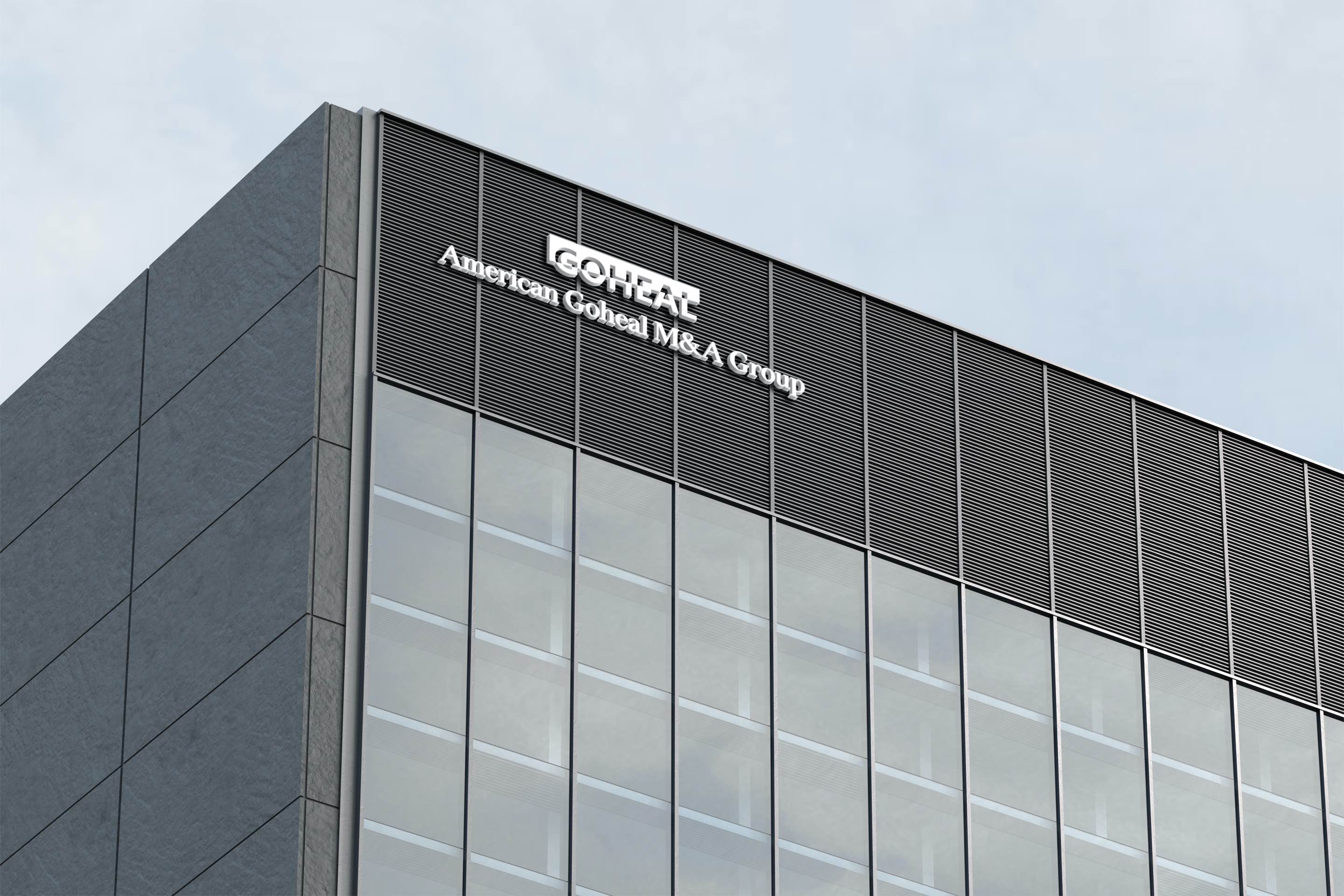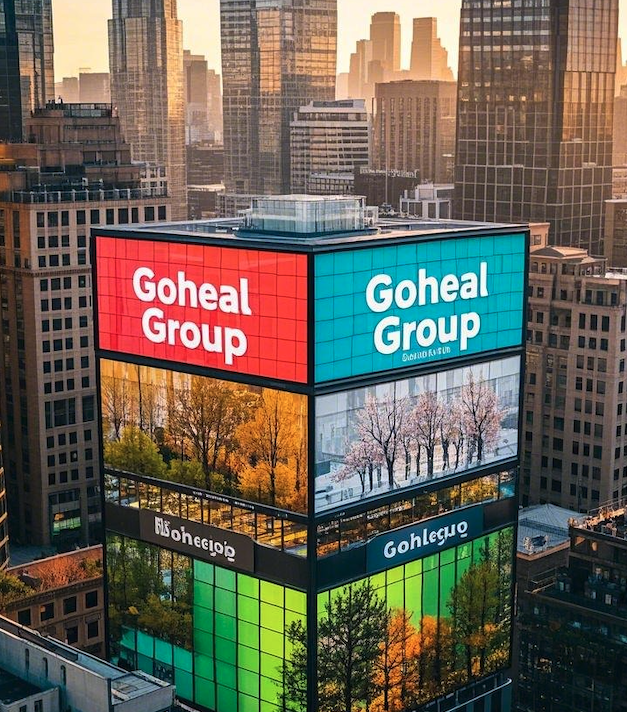"Under a great reputation, it is actually difficult to live up to it." This old saying is very appropriate for some listed companies in the current capital market.
Whenever the market enters a bull market, there are always some "fancy" companies that frequently stage high dividends and transfers such as "10 to 20" and "8 for 10", as if the shareholders' wealth has been turned into gold overnight. Reposts and likes are flying all over the sky, and the hot search list has repeatedly dominated the screen, as if not giving or transferring is not worthy of the three words "good company".
But have you ever thought about who is laughing behind this seemingly lively equity game? Who is laying mines? Who is out?
After long-term research on the capital operation model of China's A-shares, Goheal found that high dividends and transfers are essentially just accounting treatments and do not create actual value. It is more like a "sugar-coated bullet" in the capital market - it is sweet quickly and explodes fiercely.

American Goheal M&A Group
Next, we have to cut open this layer of sugar coating and see the four "poisonous points" that make investors tread on thin ice.
Poison point 1: High dividend and bonus is the "tap water booster" of the controller
The first skin of high dividend and bonus is the "stock price stabilization tool". After the news of high dividend and bonus is released, the stock price of many listed companies immediately surged, the market heat rose, and even became a frequent visitor to the daily limit.
The reason is very simple:
On the one hand, it directly increases the market's "sensory expectations" of the company's future growth;
On the other hand, it becomes the financing and pledge lifeline of the controlling shareholder.
For example, the pledge rate of a major shareholder of a listed company is as high as 70%, facing a liquidation crisis. At this time, the "10 to 15" high dividend and bonus plan was launched, which led to a rebound in sentiment in the secondary market, and the stock price rose by 20% in the short term. The crisis was temporarily resolved, and the financing window was opened - this wave of "pull-up shipments + another financing" operation is even more stable than the fund manager's year-end dividend.
Goheal pointed out in the survey that this "price-supporting high dividend and bonus" has become a routine routine for some listed companies to "precise market value management". Especially in the three months before the private placement, the frequency of linkage between high dividends and stock price increases was surprisingly high. The financing pricing was raised, the story was told, and then the stock was reduced. This capital operation has evolved into a deformed game of "taking advantage of the good news to get out".
Poison point 2: Those who smiled and gave dividends and stock transfers had already packed up and left the market in secret
You think that high dividends and stock transfers are the company's welfare for small and medium shareholders, but in fact, it is more like an invisible channel for the transfer of interests.
The most typical operation is that as soon as the high dividend and stock transfer plan was released, the news was brewing in the market, but the major shareholders quietly reduced their holdings, leaving the high-level takeover in the wind.
Only two weeks after a listed company launched a high dividend and stock transfer, the controlling shareholder reduced its holdings by 8%, the market value evaporated by 2 billion, and the stock price returned to the starting point, leaving a mess. This is not an isolated case, but a "planned collective exit".
There is also a more hidden insider information arbitrage: 20 days before the announcement, some hot money built positions in advance, and the short-term increase was completed as soon as the announcement was released, and the precise withdrawal was completed within a few days. Information gap becomes wealth gap, and ordinary investors are regarded as the last successors.
Goheal believes that any company whose stock price rose by more than 25% and whose turnover rate soared by more than 200% within 30 days before the release of the high bonus and transfer plan can basically be classified as "suspected self-directed and self-acted". This is not a technical accident, but a "script-style arbitrage" template.
Poison point three: while giving bonus and transfer, covering up the real business decline
To put it nicely, it is "rewarding investors", to put it bluntly, it is: using "smoke bombs of bonus and transfer" to cover up the cracks in the fundamentals.
Some companies are obviously declining in performance year-on-year, but they are keen to launch high-ratio bonus and transfer, trying to shift the market's attention from the profit and loss statement to the title of the announcement.
A typical case is that a company's net profit fell by 40% year-on-year, but it launched a "10-to-20" bonus and transfer plan, and the stock price rose sharply against the trend in the short term. The media hyped "huge growth potential", as if there is no bonus and transfer, it is not technology.
But a year later, the company's EPS was diluted from 1.2 yuan to 0.48 yuan, and the net profit growth rate was only 10%. The stock price was cut in half, and investors lost all their money.
Goheal pointed out that there are two important indicators to identify this kind of "fig leaf-style transfer":
The net profit growth rate is <15%, but the extreme ratio of 10 transfers ≥10 is introduced;
After the announcement, the frequency of institutional research dropped by 50%, indicating that "smart money" has long been alert and evacuated.
This is the most dangerous type of company in the capital market - it does not lose money, but it is very good at telling stories. Companies that can tell stories are not scary, but companies that do not tell the truth are scary.
Poison point 4: The capital market is not an amusement park, and the "liquidity illusion" is backfiring on retail investors
Do you think that the "10 to 20" has lowered the stock price from 200 yuan per share to 100 yuan per share, and the entry threshold has become lower? Wrong.
This is a typical "false liquidity trap".
Although the unit price has become lower and seems to be more affordable, the average daily transaction amount has decreased due to the surge in total share capital. After some companies implemented high bonus and transfer, the equity capital increased from 200 million to 800 million, and the turnover rate dropped from 8% to 2%. The plate is bigger, but the water is less.
What's more terrible is the PE valuation trap. After the bonus and transfer, the price-earnings ratio "shrinks" on the surface, making people mistakenly think that the stock price is cheap, but the company's revenue and net profit remain unchanged. This is simply a self-deception of "cutting a knife with scissors".
Goheal believes that if the company's operating cash flow per share drops by more than 20% and ROIC fluctuates violently within three months after the bonus and transfer, it can be basically determined that this is not value release, but value burial.
The capital market is not a carnival, it is a rational game. If the high bonus and transfer is not based on endogenous growth, but just beautifies the appearance, then it is not growth, but packaging.
Give you a magic mirror: How to identify the poisonous points behind the high bonus and transfer?
Goheal summarizes a "toxic point three-dimensional method" for this purpose:

Goheal Group
Suspicious motive: Is there a motive of financing, pledge, reduction, etc.?
Performance matching: Is the bonus and transfer ratio seriously deviated from the net profit growth rate?
Shareholder behavior track: Are there any abnormal transactions or information leaks before the announcement?
A truly healthy high dividend and bonus must be accompanied by:
Continued high growth; strong cash flow support; stable behavior of the senior management team and shareholders; otherwise, no matter how exquisite the packaging is, it is difficult to escape the truth of "backdoor escape".
The last question: Are you still willing to applaud the "10 to 20"?
The capital market is not short of "fancy", but the companies that can really cross the cycle are those who write growth in financial reports and write awe in the articles of association.
Is the high dividend and bonus a good thing or a poison bait? It depends on the motivation and execution behind it.
[About Goheal] Goheal is a leading investment holding company focusing on global mergers and acquisitions holdings. It has deeply cultivated the three core business areas of acquisition of listed company control, mergers and acquisitions of listed companies and capital operations of listed companies. With its deep professional strength and rich experience, it provides enterprises with full life cycle services from mergers and acquisitions to restructuring and capital operations, aiming to maximize corporate value and achieve long-term benefit growth.